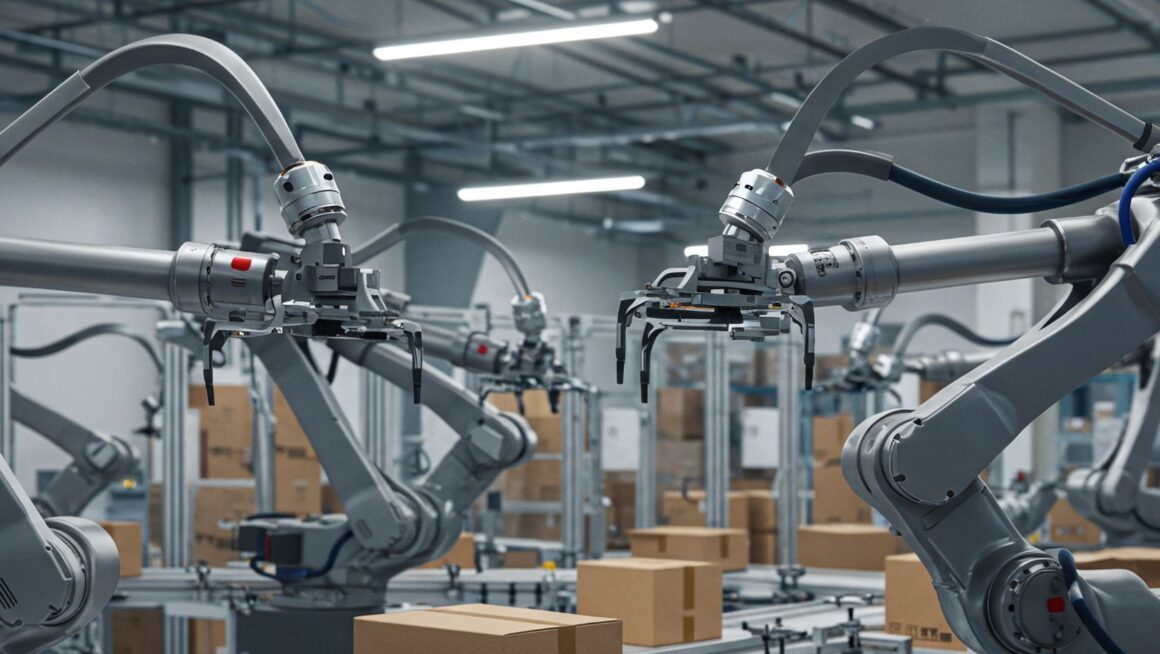
In today’s unpredictable and fast-changing business environment, customer payments are often delayed, cash flow fluctuates, and supply chains are often disrupted. As uncertainty has become the norm, automation in financial operations has become an essential tool for businesses to survive. One of the most important developments for businesses can be invoice-to-cash automation. This will ensure a smooth flow of processes from the moment an invoice is issued to the point where the payment is collected.
When businesses depend too much on manual invoicing, follow-ups and settlement, it makes way for costly errors, inefficiency and a lack of visibility. But with automation, companies can gain more control, better predict cash flow and be more financially flexible, even in unstable market conditions.
Let us explore why automated invoice-to-cash processes have become such an essential investment for businesses in today’s uncertain payment landscape.
The Growing Challenges of Uncertain Payments
Businesses today face growing uncertainty when it comes to payment cycles. Economic instability, issues related to inflation, shifting priorities of customers, and other issues lead to delayed statements and unpredictable cash inflow. Thus, finance teams stay under a lot of pressure to maintain liquidity while also ensuring smooth and continuous operations.
Factors that contribute to uncertain payments
- Delayed customer payments:
Many customers can take longer than agreed to clear invoices. This can affect the cash flow cycle and force companies to borrow or delay their own payments.
- Inconsistent behaviour with payments:
Payment schedules can vary with different clients, industries, regions. This makes it difficult for finance teams to predict incoming cash with accuracy.
- Manual tracking of inefficiency:
Without automation, tracking outstanding invoices can be troublesome, and follow-ups often happen too late to make an impact.
- Increased credit risk:
The inability to track customer payment trends and patterns in real-time increases the risk of defaults and bad debts.
- Global supply chain dependency:
Late payments or disruptions in one region can create ripple effects. This further impacts vendors and operations in other regions.
The challenges make it vital for businesses to move from reactive to proactive management of finances. This is where automation steps in as a strategic game-changer.
Why Manual Invoice-to-Cash Processes Can Fall Short
Manual invoice-to-cash operations are mostly slow, prone to errors and lacking transparency. For mid-sized and growing businesses, these inefficiencies can become major obstacles to scaling up.
Bottlenecks in I2C management
- Slow invoice generation and delivery:
Manually creating and sending invoices increases the turnaround time for billing. This delays the start of the cash conversion cycle.
- Data entry errors:
Duplicate or inaccurate data entry during the creation of invoices can lead to disputes, rejected payments and poor customer experience of customers.
- Inefficient follow-ups:
Without tracking capabilities and automated reminders, finance teams have to waste valuable time looking for overdue payments manually.
- Limited cash flow visibility:
Manual processes give too little to no real-time insight into payment trends. This makes forecasting unreliable.
- High cost and low productivity:
Human intervention at every stage increases administrative costs, while employees have to spend hours on repetitive, low-value tasks.
How Invoice-to-Cash Automation Strengthens Financial Flexibility
Invoice-to-cash automation replaces fragmented manual steps with a smooth, stable digital workflow. It integrates billing, collections and settlement, and makes sure that every step from invoice creation to payment collection happens faster, precisely and transparently.

Key features that drive transformation
- Automated generation of invoices:
The system automatically fetches data from contracts or ERP systems. Then it creates and sends error-free invoices instantly.
- Digital delivery and tracking:
Invoices are shared electronically with customers. Their status (whether delivered, viewed, paid or overdue) can be tracked in real time.
- Smart payment reminders:
Automated reminders and notifications ensure timely follow-ups with customers without the need for manual participation.
- Integrated payment gateways:
Customers can directly pay through multiple payment options embedded within invoices. This makes transactions smoother and faster.
- Real-time analytics:
The system gives instant visibility into receivables, pending payments and cash flow projections. This allows teams to plan effectively.
Benefits of Automating the Invoice-to-Cash Cycle
The impact of automation goes beyond mere faster processing. It transforms how businesses manage their whole revenue cycle, improving efficiency, visibility and decision-making.
How automated invoice-to-cash processes positively influence businesses
- Better cash flow predictability:
Automation speeds up the processing of invoices and makes the payment collection period shorter. Real-time tracking helps businesses to identify delayed payers early, allowing proactive action. Predictable cash flows also allow better budgeting, timely investments and reduced dependence on short-term financing.
- Stronger customer relationships:
Automated systems eliminate billing disputes caused by manual errors and provide transparent payment processes. Customers get accurate invoices on time and have multiple easy-to-use payment options. This consistency builds trust and fosters long-term relationships.
- Reduced Days Sales Outstanding:
As manual bottlenecks are removed and follow-ups are automated, companies can collect payments faster. This significantly reduces DSO. Lower DSO improves liquidity and helps to maintain steady working capital even in volatile situations.
- Enhanced financial control and visibility:
Automation allows finance teams to have complete visibility into understanding invoices, credit risks and payment behaviour. Dashboards and analytics allow actionable insights into who pays late, which clients need closer tracking and where cash flow gaps can come.
- Reduced errors and compliance risks:
Digital systems confirm data automatically. This ensures that invoices meet all regulatory and tax requirements. Every action in the payment process gets recorded. Thus, a transparent audit trail is created, which makes compliance and reporting simple.
- More scalability:
As businesses grow, manual processes cannot handle the increasing number of invoices and voluminous transactions. Automated I2C systems can scale effortlessly and process thousands of invoices without needing additional manpower.
Conclusion
In a world full of economic fluctuations, late payments and credit risks, automated invoice-to-cash processes shield businesses against financial unpredictability. Solutions designed to automate invoice-to-cash report measurable improvements. Many businesses say they see DSO reductions of 20% or more within the first year. It also ensures more accurate billing, consistent follow-ups and real-time insight into receivables. All of these are crucial to maintain stability and liquidity. By automating the whole I2C process, businesses transform a slow, error-prone workflow into a smooth, intelligent process, driving flexibility and resilience.







